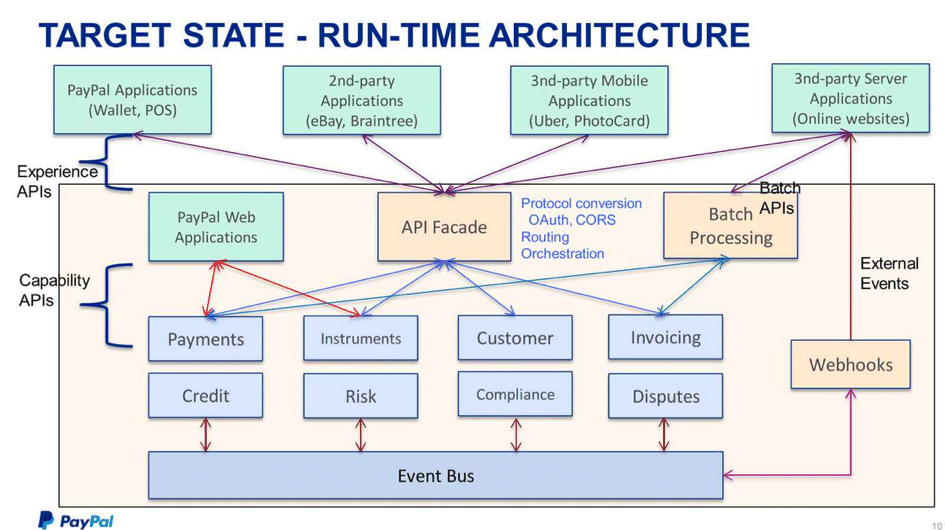DevOps creates an agile relationship between system development and operating departments, so the two collaborate in providing results that are technically effective, and work well for customers and users. This is an improvement over the traditional model where development delivers a complete design ? and then spends weeks and even months afterwards, fixing client side problems that should never have occurred.
Writing for Tech Radar Nigel Wilson explains why it is important to roll out innovation quickly to leverage advantage. This implies the need for a flexible organisation capable of thinking on its feet and forming matrix-based project teams to ensure that development is reliable and cost effective.
Skirmishes in Boardrooms
This cooperative approach runs counter to traditional silo thinking, where Operations does not understand Development, while Development treats the former as problem children. This is a natural outcome of team-centred psychology. It is also the reason why different functions pull up drawbridges at the entrance to their silos. This situation needs managing before it corrodes organization effectiveness. DevOps aims to cut through this spider web of conflict and produce faster results.
The Seeds of Collaboration
Social and personal relationships work best when the strengths of each party compensate the deficiencies of the other. In the case of development and operations, development lacks full understanding of the daily practicalities operating staff face. Conversely, operations lacks ? and should lack knowledge of the nuances of digital automation, for the very reason it is not their business.
DevOps straddles the gap between these silos by building bridges towards a co-operative way of thinking, in which matrix-teams work together to define a problem, translate it into needs and spec the system to resolve these. It is more a culture than a method. Behavioural change naturally leads to contiguous delivery and ongoing deployment. Needless to say only the very best need apply for the roles of client representative, functional tester and developer lead.
Is DevOps Worth the Pain of Change?
Breaking down silos encroaches on individual managers? turf. We should only automate to improve quality and save money. These savings often distil into organisational change. The matrix team may find itself in the middle of a catfight. Despite the pain associated with change resistance, DevOps more than pays its way in terms of benefits gained. We close by considering what these advantages are.
An Agile Matrix Structure ? Technical innovation is happening at a blistering rate. The IT industry can no longer afford to churn out inferior designs that take longer to fix than to create. We cannot afford to allow office politics to stand in the way of progress. Silos and team builds are custodians of routine and that does not sit well with development.
An Integrated Organization ? DevOps not only delivers operational systems faster through contiguous testing. It also creates an environment whereby cross-border teams work together towards achieving a shared objective. When development understands the challenges that operations faces ? and operations understands the technical limiters – a new perspective emerges of ?we are in this together?.
The Final Word ? With understanding of human dynamics pocketed, a DevOps project may be easier to commission than you first think. The traditional way of doing development – and the waterfall delivery at the end is akin to a two-phase production line, in which liaison is the weakest link and loss of quality inevitable.
DevOps avoids this risk by having parties work side-by-side. We need them both to produce the desired results. This is least until robotics takes over and there is no longer a human element in play.
